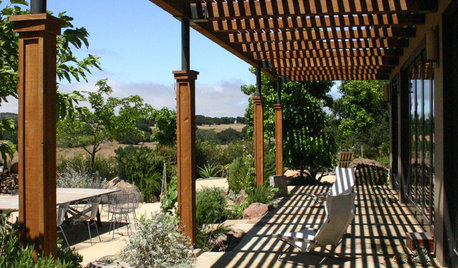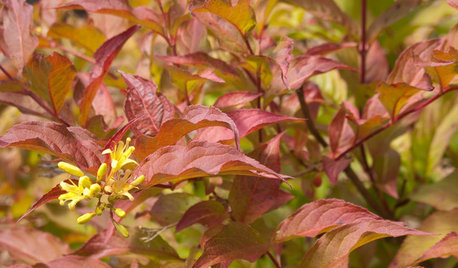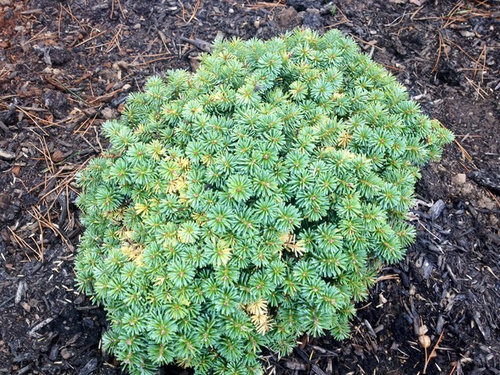Help my firs
ndas2976
9 years ago
Related Stories

SELLING YOUR HOUSE5 Savvy Fixes to Help Your Home Sell
Get the maximum return on your spruce-up dollars by putting your money in the areas buyers care most about
Full Story
STANDARD MEASUREMENTSThe Right Dimensions for Your Porch
Depth, width, proportion and detailing all contribute to the comfort and functionality of this transitional space
Full Story
GARDENING GUIDES8 Unthirsty Plants Help You Save Water in Style
Spend less effort and money on your landscape with drought-tolerant and native plants that liven up your yard
Full Story
KITCHEN DESIGNKitchen of the Week: Salvage Meets High End in Vancouver
Reclaimed fir floors and a salvage-yard gate cozy up to choice appliances in a warm and sophisticated Canadian kitchen
Full Story
WOODKnotty and Nice: Highly Textured Wood Has a Modern Revival
Whether it's cedar, fir or pine, if a wood has a knot, it's hot
Full Story
PATIOSPatio Details: A Shaded Patio Opens Up the View in Wine Country
A Douglas fir and metal pergola offers shelter from the hot sun on this scenic California property
Full Story
GARDENING GUIDESGreat Design Plant: Northern Bush Honeysuckle, a Bronze Beauty
It helps control erosion and takes sun or shade. The butterflies love it. But the best part of this shrub may be the vivid foliage
Full Story
CHRISTMASReal vs. Fake: How to Choose the Right Christmas Tree
Pitting flexibility and ease against cost and the environment can leave anyone flummoxed. This Christmas tree breakdown can help
Full Story
REMODELING GUIDESDesigner Confessions: Torn Between Wood Floors
19 Photos to Help You Choose a Wood Floor Finish
Full Story
COLORHow to Choose a Paint Color
Designers offer tips for examining your closet, memories and daily life to find the right paint colors for your home
Full Story








ndas2976Original Author
ndas2976Original Author
Related Professionals
Clark Landscape Architects & Landscape Designers · Lakewood Landscape Architects & Landscape Designers · Port Royal Landscape Architects & Landscape Designers · Peabody Landscape Contractors · Bristol Landscape Contractors · Burien Landscape Contractors · Burlington Landscape Contractors · Fair Lawn Landscape Contractors · Gainesville Landscape Contractors · Matteson Landscape Contractors · Placerville Landscape Contractors · Santa Maria Landscape Contractors · Setauket-East Setauket Landscape Contractors · Woodburn Landscape Contractors · Gulf Gate Estates Tree Servicesgardener365
ken_adrian Adrian MI cold Z5
severnside
severnside
davidrt28 (zone 7)
ndas2976Original Author